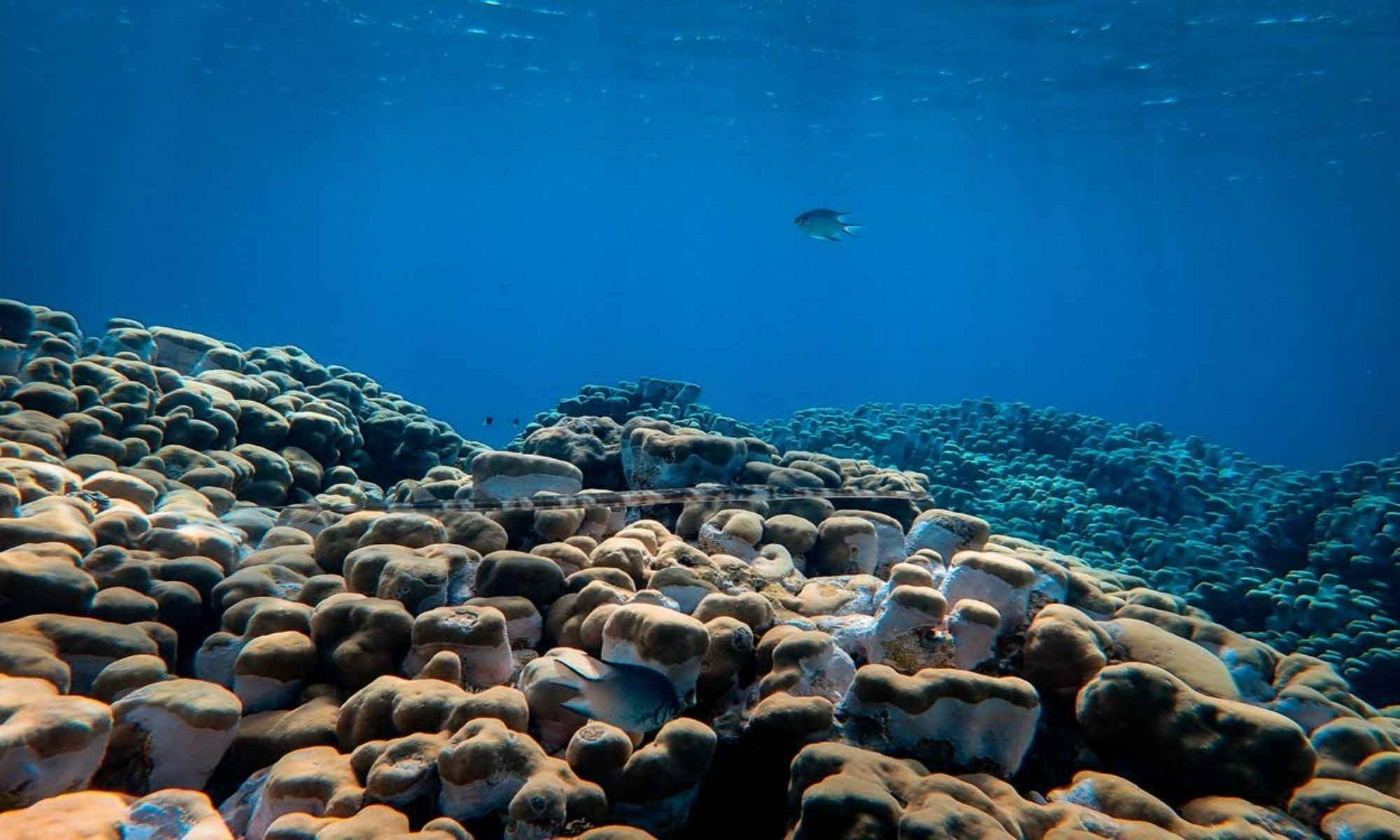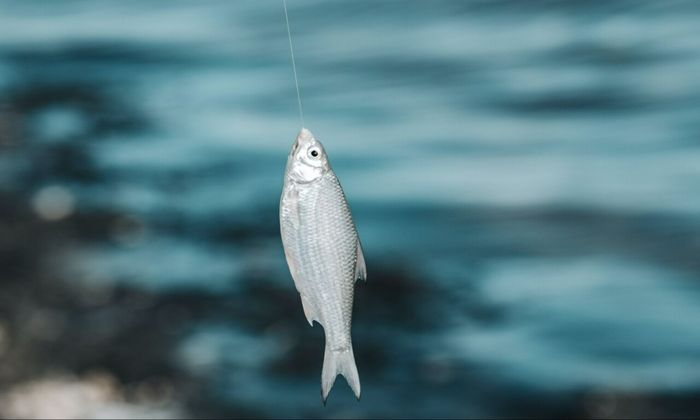Bottom Composition: How to Fish These 5 Types
Bottom composition is one of the most important elements to learn when becoming a skilled angler.

Many factors can influence an angler's ability to catch a fish, including the climate, ecosystem, season, and even the bait and capture method used. The composition of the terrain beneath the water is one of the most important aspects of reeling fish for a fishing method known as bottom fishing.
Bottom fishing is one of the more simple techniques for fishing, where anglers drop the lines the furthest they can, all the way into the bottom of the water. The technique is very versatile in that it can be done in almost any scenario, from lakes to rivers and even through nearshore and offshore fishing. Bottom fishing can also be done with drifting, trolling, and anchoring. It's also relatively easy to prepare equipment for bottom fishing as a rod, reel, sinker, and hook can be the bare minimum. While there are different sinkers, such as trolling sinkers and salmon sinkers, the most common sinkers anglers will find are the bank, pyramid, and egg sinkers. Bank sinkers are used in waters that aren't too but do not classify as shallow. Conversely, the pyramid sinker's stable bottom helps it latch on, even in the face of rough waters. These egg sinkers, primarily used in saltwater fishing, ensure that fish do not feel their weight even when eating live bait.
Another key component of bottom fishing is the use of live bait. Bottom fishing will almost always take an angler's sinker to the fish's natural habitat, so using live bait that frequents those areas of the water entices the prey even more. However, it is best to use bait native to the area to avoid the emergence of invasive species into the ecosystem when using live bait.


The primary thing for anglers who want to try bottom fishing is knowing where to find the fish. For example, bass and walleye are usually found in weedy areas in certain seasons. In most cases, fish will react differently per specific habitat or bottom composition, and it's up to the angler to prepare accordingly. Here are some of the bottom compositions that bottom fishing anglers will most likely come across and fish in.
5 Bottom Composition and How To Prepare For Them
1. Muck
Muddy surfaces, also known as muck, are the most common bottom compositions in freshwater lakes and shallow bays. Its dark color absorbs a large portion of the sun's heat, warming the water. This type of bottom composition frequently results in muddy waters in shallow marshes, which are typically home to largemouth bass and various types of catfish. Many sinkers do well because there is little chance of snagging. Spinnerbaits and vibrating jigs are excellent choices for low visibility areas like these. Colorful artificial lures and streamers alike tend to the great on bass as it entices their sense of sight amidst the murky waters. As muck bottoms have higher rates of vegetation, there will undoubtedly be more prey and even more fish activity.
2. Sand
Sandy bottoms are commonly found when nearshore fishing. There is significantly less vegetation and cover, leading many anglers to believe less fish activity. However, because sandy-bottomed areas allow more sunlight to pass through them, baitfish are more likely to swarm the area with their predators close behind. Drops and small sand bars provide excellent cover for different game fish in sandy rivers. Anglers may also encounter walleye feeding on prey just before sunset. Panfish can spawn their eggs in sandy areas because they are soft and visible.
3. Shell
As one of the most sought-after fishing areas in lakes by many pro bass anglers, shell beds are sure to provide great game fish. Many bass preys, such as crawfish, shad, and other baitfish, feed on shell beds, usually teeming with mussels. When combined with patches of vegetation and algae formation, it becomes a prime hunting spot for any bass. Shell beds, which could be found in humps or near running currents, can be tough to find. Most anglers try to locate them using Cajun and Pole anchors, Carolina rigs, and drop shots, with the sound they make when hitting the bottom serving as a marker. Swim and crankbaits and other types of jigs work well for catching fish in shell beds.
4. Rocks
Rocky bottoms cause more snagging on the line than any other type of bottom because they have the most uneven and hard bottom compositions on the list. Because most bass eats up before spawning eggs, rocky areas where crayfish gather attract bass. Rocky bottoms are also very common both in saltwater and freshwater environments. Bottom fishing in these conditions is best done with crawfish-like lures, which entice bass the most. Spinnerbaits are another viable option.
5. Gravel
One of the roughest bottom compositions, Gravel is also one of the most common in lakes. These areas are commonly used by bass to spawn eggs because, despite being rougher, the bottom is more malleable. Gravel areas can also come with a mixture of weed beds where bass can hide. In cases like these, it's good to have a strong line that can handle getting caught up in the vegetation. Carp will also tend to go into shallower gravel pits and bars during the summer. Finally, a Texas rigged worm is ideal when selecting bait for this type of bottom composition.
Many factors influence how fish are caught. The landscape composition beneath the water is just one, albeit significant, factor in reeling in fish when bottom fishing. Ultimately, a lot of fishing is trial and error; figuring out what works best for each fish given the climate, weather, and, of course, bottom composition.





